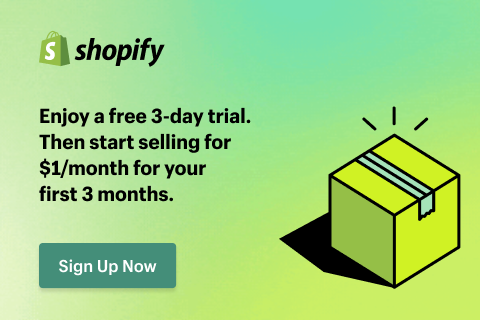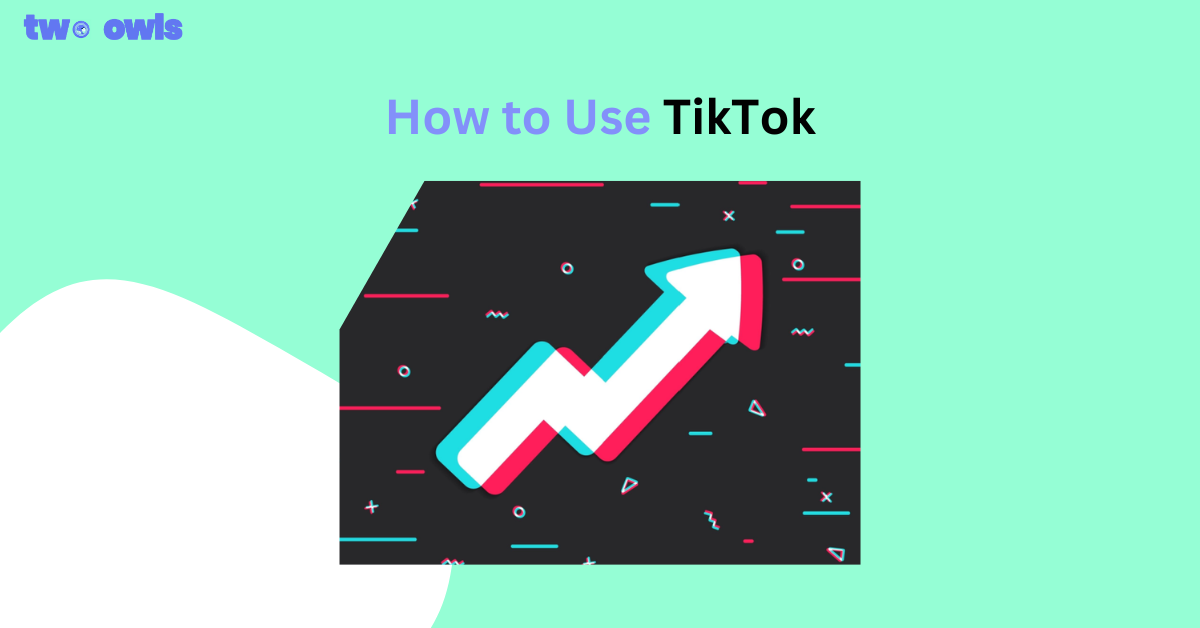Top Black Friday Advertising Strategies to Maximize Sales (2025 Guide)
Black Friday is the biggest eCommerce event of the year, but with thousands of brands competing for attention, how do you make your ads stand out?
| In this guide, you’ll learn: ● Why Black Friday advertising matters ● Black Friday advertising ideas to steal ● Example of Black Friday advertising from big brands |
Why Black Friday advertising matter more than ever?
Black Friday and Cyber Monday have become the ultimate stress test for eCommerce. Even in a shaky economy, shoppers continue to spend big. According to Triple Whale’s BFCM 2024 Retrospective, U.S. consumers spent $10.8 billion on Black Friday alone, up 10.2% from 2023, and $13.3 billion on Cyber Monday, a 7.3% increase YoY.
Ad spend followed the same growth trend. Across more than 29,000 brands, Triple Whale tracked $2.02 billion in revenue and $313 million in ad spend during BFCM 2024. Nearly 60% of all purchases came from new customers, and Meta + Google Ads accounted for 90% of total ad budgets, showing how dominant these platforms remain during peak shopping periods.
These numbers show one thing: BFCM competition is tougher than ever. Ad costs rise, shoppers get pickier, and creatives burn out fast. In 2025, a smart, pixel-powered strategy isn’t optional; it’s your edge.
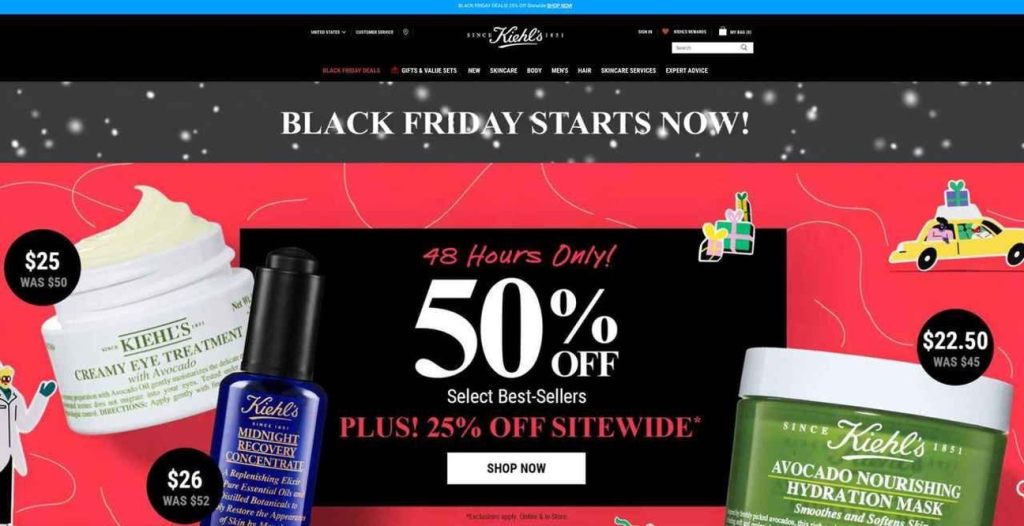
Black Friday advertising ideas to steal
If you’re looking for Black Friday marketing ideas that actually drive results, start with the strategies that top-performing brands use year after year. From retargeting to urgency messaging, these proven tactics are designed to cut through the noise and convert.
Run retargeting campaigns across TikTok and Meta
Retargeting is a must during Black Friday. Shoppers often visit multiple websites, abandon carts, or get distracted mid-scroll, so showing them your product again can be what turns hesitation into conversion. Platforms like TikTok Ads and Meta Ads (Facebook & Instagram) are especially effective when powered by well-optimized pixel data.
To run sharper retargeting campaigns, consider using tools that give you full visibility and control over tracking.
- TikShop: Omega Pixel & Catalog lets you auto-install multiple TikTok Pixels, track event data accurately with Events API, follow UTM-based order journeys, and sync your product catalog hourly. It also helps you quickly launch smart ad campaigns with built-in performance dashboards, no extra setup needed.
- Omega Facebook Pixels enables you to track across multiple Facebook Pixels, set up Conversion API without coding, and send richer event data for better ad optimization and optimal retargeting, helping you re-engage abandoned visitors with more precision.
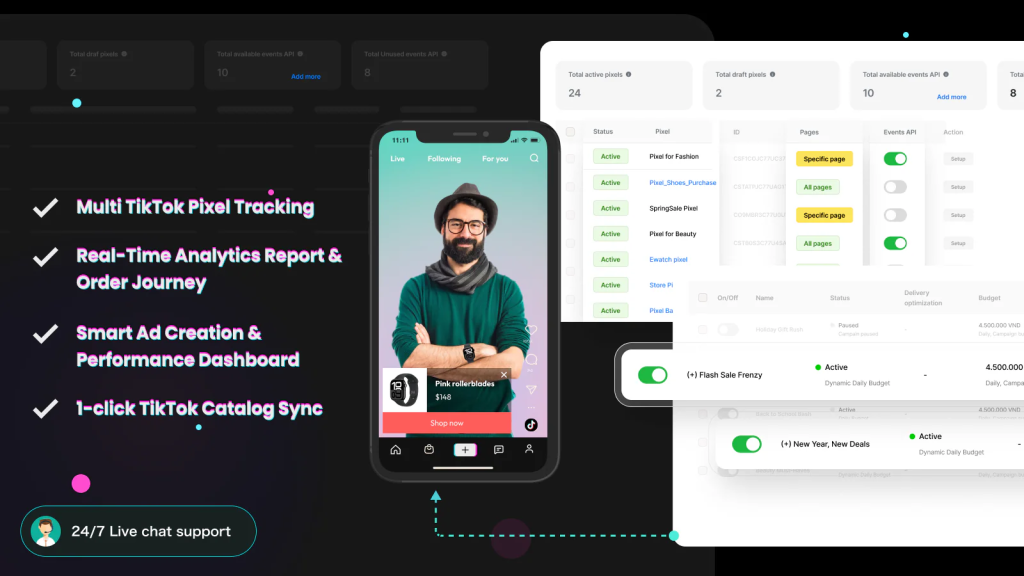
Run teaser campaigns before the actual sale
Start warming up your audience 1–2 weeks before Black Friday by teasing your biggest BFCM deals. Use countdown emails, early bird landing pages, or even cryptic social posts hinting at what’s coming. The goal is to build hype, spark curiosity, and drive early engagement.
By the time your actual sale goes live, you’ll already have a primed audience ready to convert. Teaser campaigns also help segment high-intent users for retargeting when the sale drops.
Use exclusive early-bird offers for email or SMS
Offer early access or special deals to your email and SMS subscribers. Position it as a VIP-only opportunity to shop before everyone else, this makes loyal customers feel valued and more likely to convert early.
This strategy also lets you spread out the traffic load on your site and get early momentum in your campaigns before CPMs peak during the actual Black Friday window.
Create gift guides to drive bundle purchases
Bundle deals are Black Friday gold. Create themed gift guides like “For Him,” “Under $50,” or “Holiday Essentials” to help shoppers find the right products fast. Make these guides shoppable and easy to browse on mobile.
These guides help reduce choice fatigue and gently nudge customers toward buying more than one item, raising AOV while also improving the customer experience.
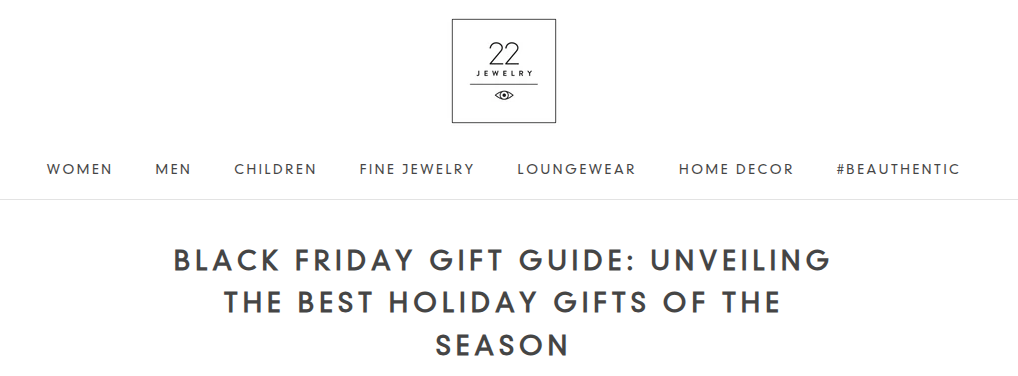
Maximize conversions with Facebook Pixel & CAPI
Facebook’s algorithm rewards data-rich campaigns. With Facebook Pixel and Conversion API (CAPI), you can track user behavior across devices and re-engage them with tailored ads – a powerful combo for high-traffic weekends like BFCM.
Instead of setting it up manually, tools like Omega Facebook Pixels help you install multiple pixels across collections, or specific products, and enable CAPI without writing code. That way, you’re not just collecting more data, you’re using it smarter.
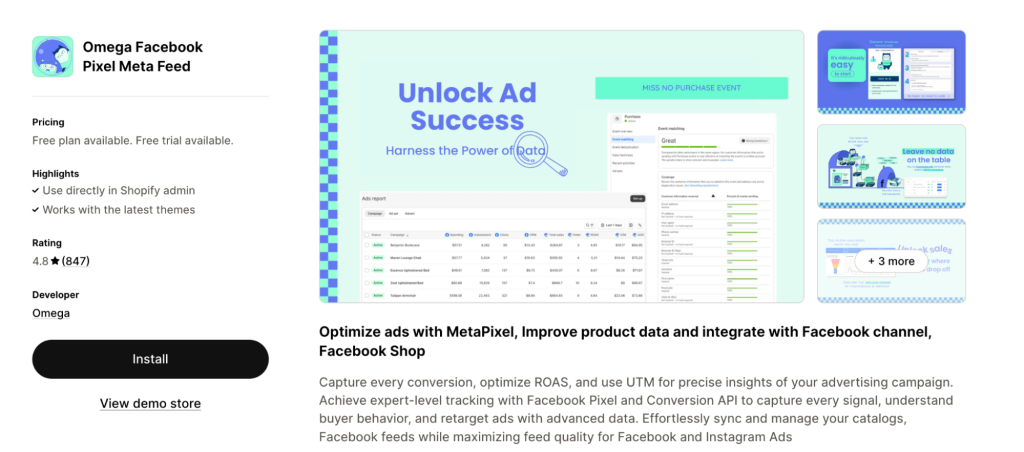
Highlight limited stock and urgency messaging
FOMO is one of the most powerful drivers during Black Friday. Use phrases like “Only a few left,” “Ends tonight,” or “Limited stock” across ads, banners, and product pages to trigger quick action.
Pair this urgency with visual countdown timers or progress bars to make the scarcity feel real and immediate. The goal is to push the user to buy now, not later.
Launch influencer or UGC-based ad creatives
During ad-heavy seasons like BFCM, consumers crave authenticity. Partner with micro-influencers or reuse user-generated content (UGC) in your ads to build trust and stand out from overly-polished brand creatives.
These types of creatives often have higher engagement and lower CPAs, especially when running TikTok or Instagram Reels campaigns during peak traffic windows.
Segment campaigns by buyer intent
Avoid a one-size-fits-all approach to ads. Segment your audiences based on their buying stage, top-funnel users need brand awareness, while bottom-funnel users respond better to urgency or discounts.
Tailoring your messaging by buyer intent not only improves ROAS, but also helps control costs by targeting the right users with the right creative at the right time.
Create “Buy Now, Pay Later” messaging
With the holidays being a high-spend season, promoting flexible payment options like Klarna or Shop Pay Installments can remove buying friction. Clearly advertise these BNPL options in your ads and product pages.
Shoppers appreciate affordability, especially when buying for others. Even just highlighting payment flexibility can boost conversion rates, without lowering prices.
Optimize ads for mobile-first buyers
Over 70% of Black Friday traffic happens on mobile, so your entire funnel, from ad to checkout, must be mobile-friendly. Use vertical video, large CTAs, and short-form landing pages.
Slow-loading pages or text-heavy creatives will cost you conversions. Think like a mobile user: if it’s not fast, clear, and tappable, it’s getting swiped away.
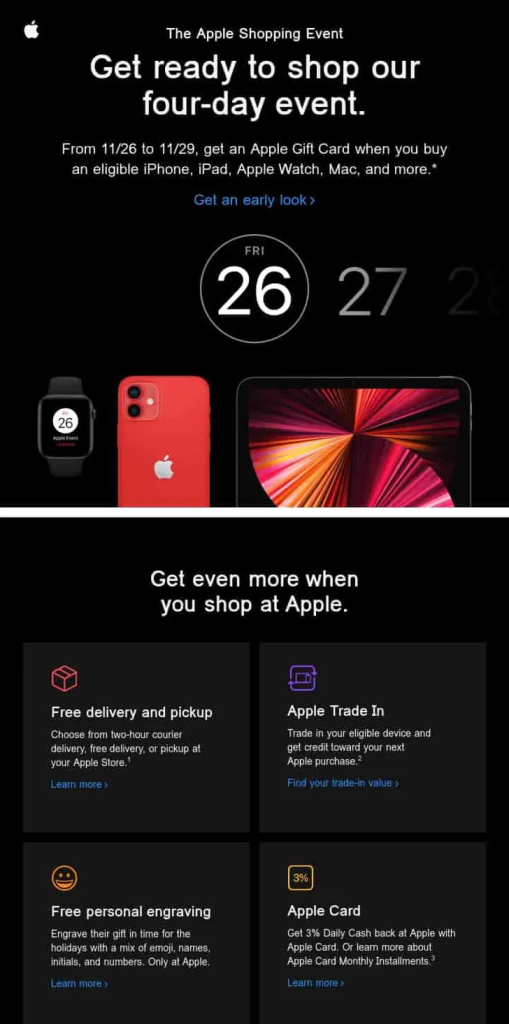
Optimize Google Ads ROI/ROAS with Better Tracking
Google Ads is a powerful driver of Black Friday conversions, but only if you’re tracking performance accurately. Without proper tracking, you risk overpaying for clicks that don’t convert or missing out on campaigns that actually work.
To solve this, consider using Trakpilot: Google Ads, Ga4 & GTM. This app ensures every sale is attributed to the right campaign by implementing advanced Google Ads Conversion Tracking & Enhanced Conversions. It works seamlessly with your Shopify store and helps you:
- Track purchases even after iOS 14.5 updates
- Send more complete data to Google Ads for better optimization
- Retarget your audience effectively by tracking behavior and improving remarketing efforts
- Reduce wasted spend and scale winning campaigns confidently
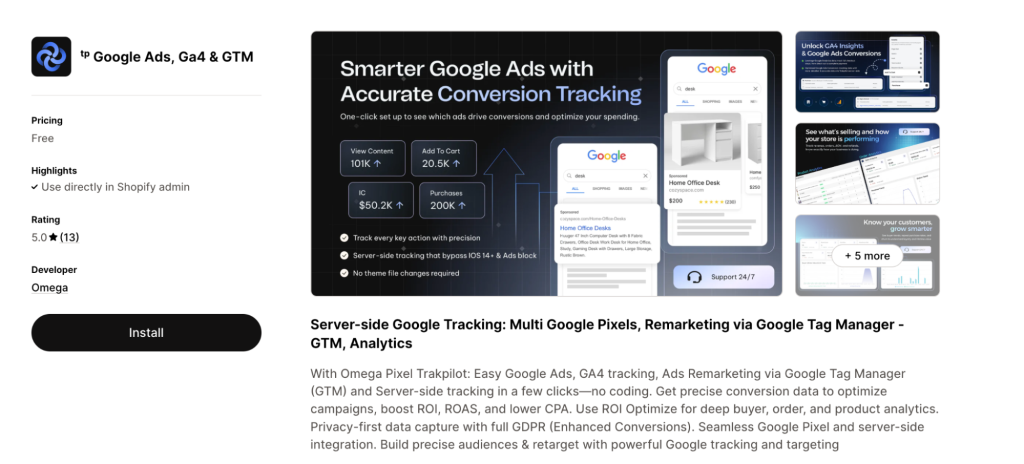
Example of Black Friday advertising from big brands
Big brands nail marketing Black Friday by keeping things smart and strategic. Here are a few standout examples worth learning from.
1. Apple’s “one-day shopping event”
Instead of offering steep discounts that might undercut its premium brand positioning, Apple runs what it calls a “One-Day Shopping Event” every Black Friday. Rather than lowering prices, they include Apple gift cards with the purchase of select devices, such as iPads, AirPods, or Macs.
This strategy allows Apple to participate in the Black Friday hype without diluting its pricing power or brand perception. Customers still feel like they’re getting a deal, but Apple retains control over margins.
Key takeaway: You don’t always have to race to the bottom with discounts. Consider adding value, through gift cards, exclusive bundles, or premium services, to incentivize purchases while preserving your brand’s reputation.
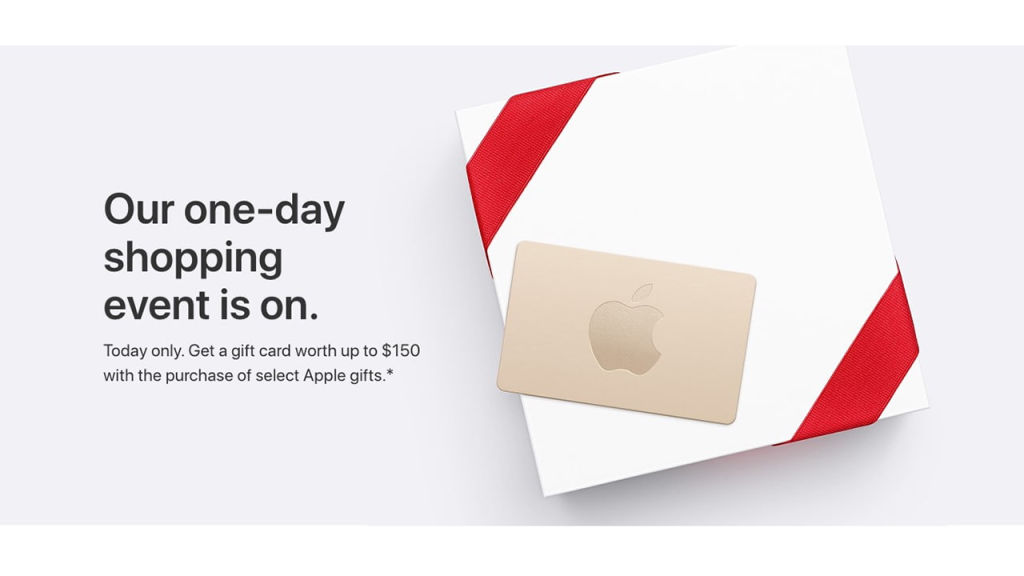
2. Amazon’s countdown strategy
As the world’s largest eCommerce platform, Amazon dominates online shopping every Black Friday. But instead of saving everything for the big day, Amazon stretches the excitement out over weeks with its “Countdown to Black Friday” promotion.
Each day, fresh deals are revealed, creating a rolling wave of urgency and engagement that keeps customers coming back long before the holiday weekend officially begins.
Key takeaway: Generate excitement early. Amazon’s approach highlights how an extended teaser campaign can drive sustained attention and sales, rather than putting all your marketing weight on a single day.
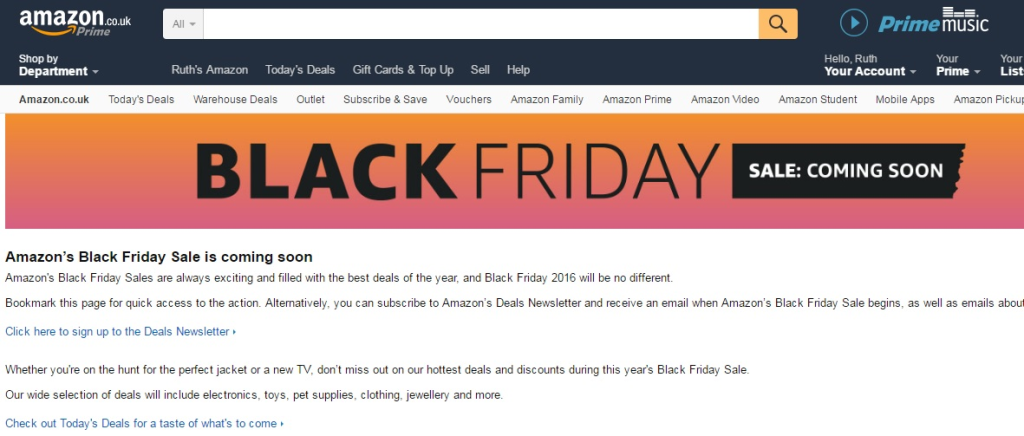
Final thoughts
Black Friday isn’t just about slashing prices, it’s a high-stakes moment to outmaneuver your competition with smarter ads, sharper targeting, and well-timed campaigns. As we saw from 2024’s numbers, consumers are still spending, but only with brands that show up early, speak clearly, and optimize every click.
Whether you’re retargeting with TikTok Pixel, feeding Google Shopping with the right data, or simply creating urgency through messaging, success lies in the prep. Start early, test often, and let data guide your decisions.
Your ads don’t just need to run, they need to convert. This Black Friday, make every impression count.
💡Read More: Top 20 Black Friday Facebook Ads Strategies to Boost Conversions
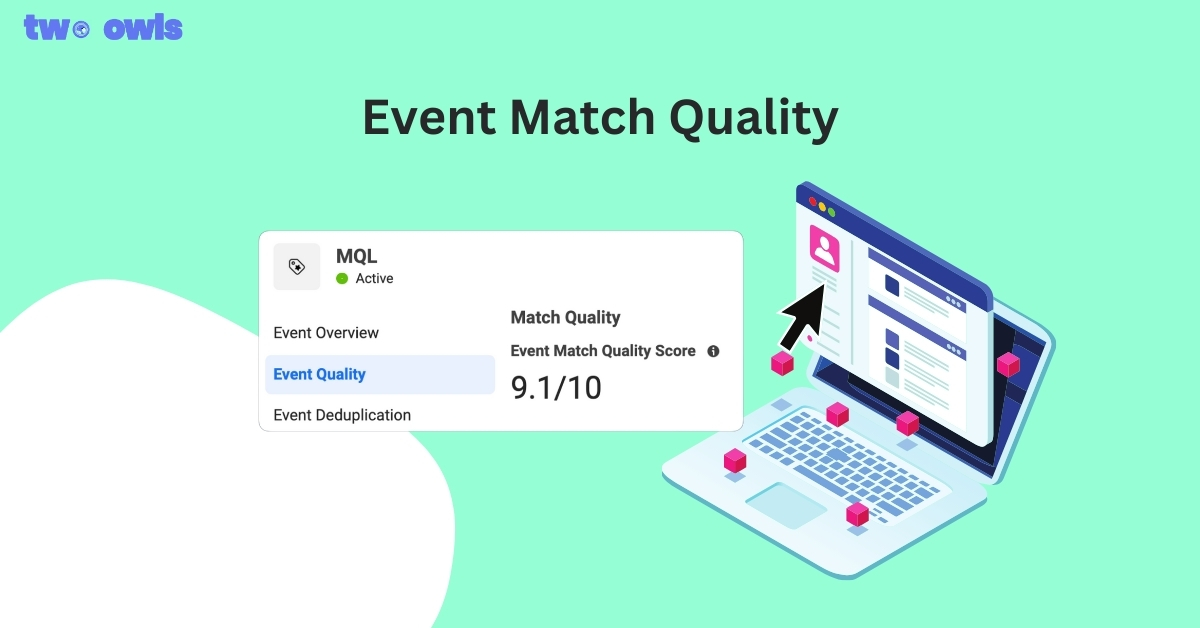
Event Match Quality: Definition, Benchmarks & How to Improve It
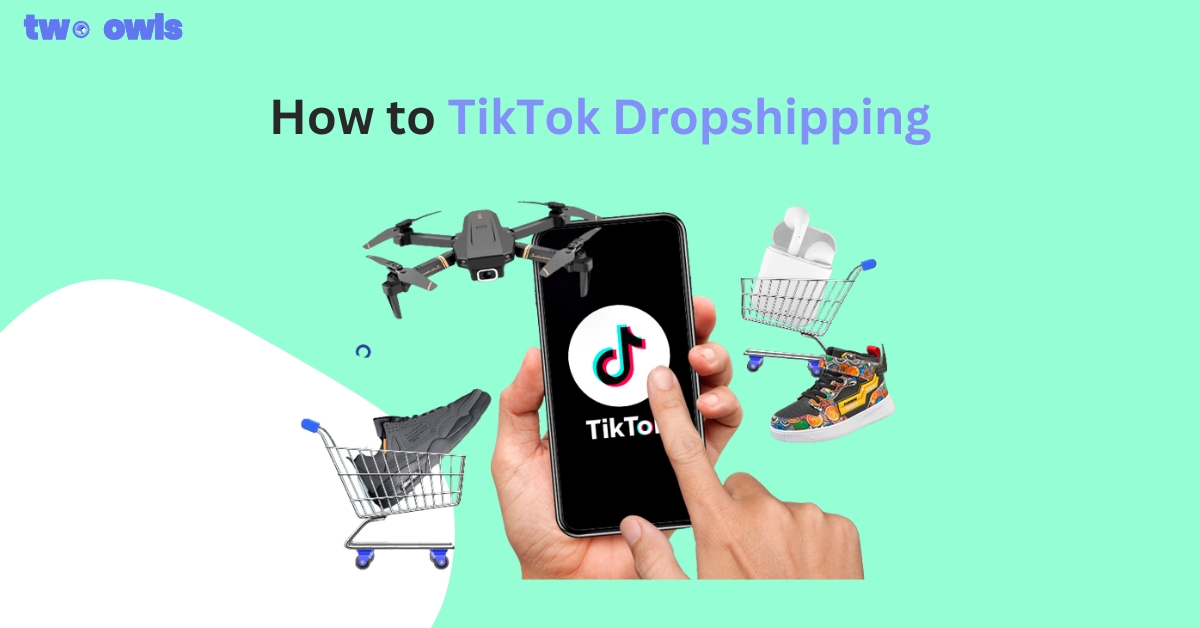
TikTok Dropshipping: How to Build a Profitable Store in 2026
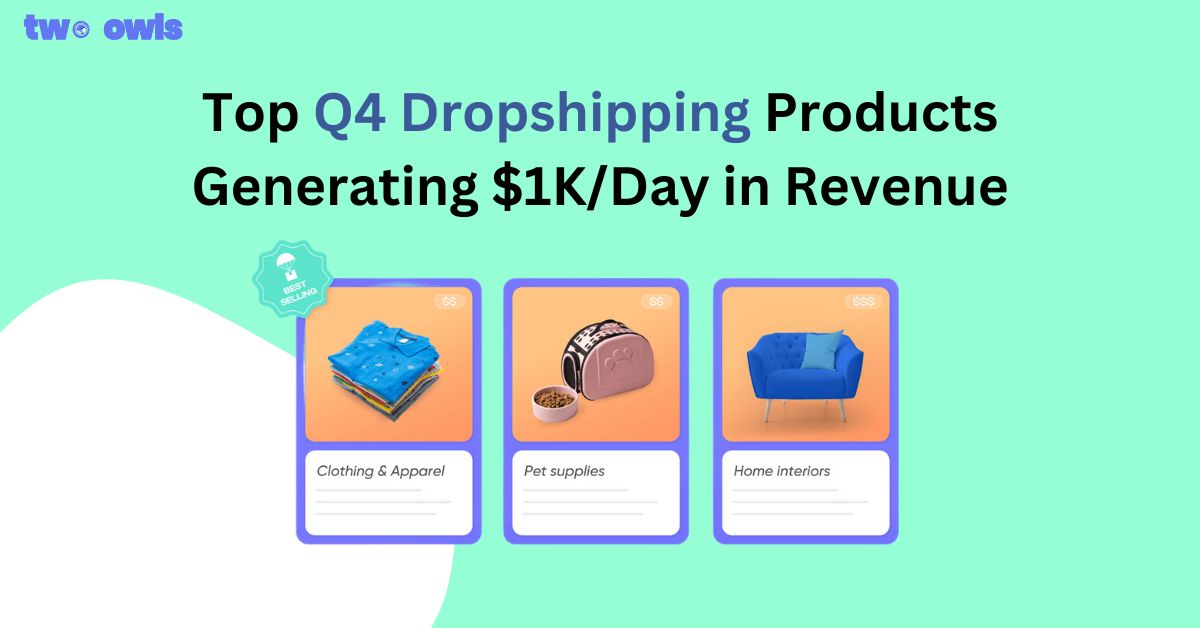
Top Q4 Dropshipping Products Generating $1K/Day in Revenue
How to Install Twitter Pixel: Every Method You Should Know

